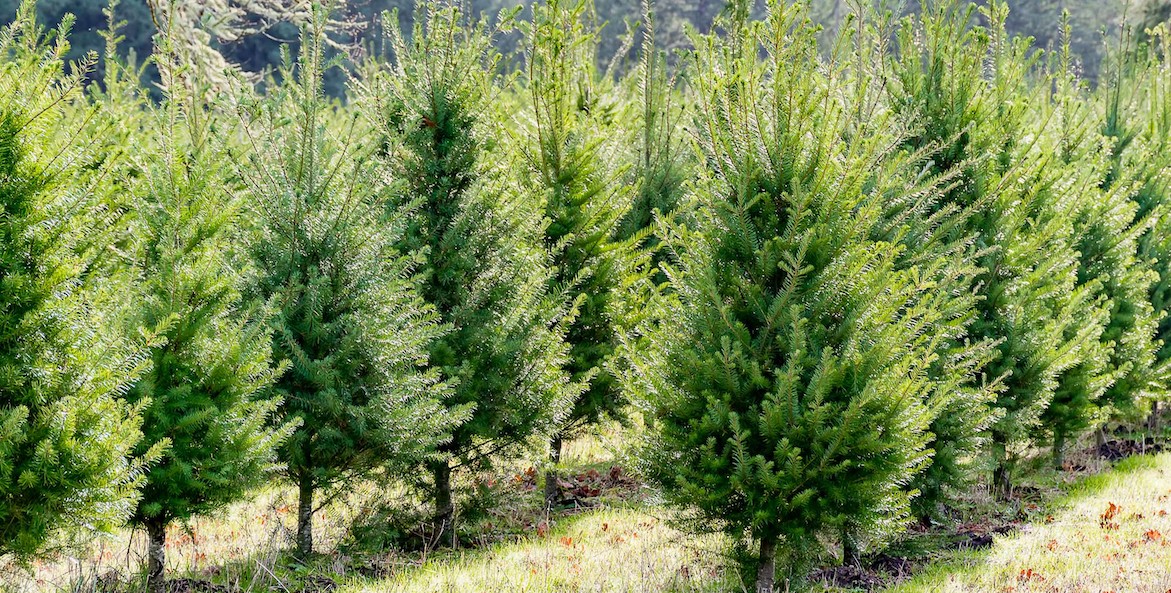This op-ed originally ran in Gant Daily and the York Daily Record.
When considering a Christmas tree this holiday season, the Chesapeake Bay Foundation staff in
Pennsylvania urges you to get real, and help the environment and local economy at the same time.
Real Christmas trees are recyclable and renewable resources that clean our water and our air and provide important habitat for wildlife. Buying a real Christmas tree every year also supports local growers and that is good for the local economy.
Selecting and cutting your own tree is also an outdoor activity the whole family can enjoy and done safely with all necessary precautions to prevent the spread of COVID-19.
For some people, having a real Christmas tree is not a viable choice. But, according to the National Christmas Tree Association, an artificial petroleum-based tree is used for just six to nine years before it is disposed of, taking up permanent space in the local landfill.
Real trees are biodegradable and after the season can be recycled as mulch or compost, added to the landscape as food and habitat for wildlife, or placed into lakes and ponds to benefit aquatic life. Many communities offer recycling programs and curbside pickup.
Before being cut, real Christmas trees absorb air pollutants and emit fresh oxygen. They stabilize soil and reduce erosion, while reducing polluted runoff by filtering and absorbing pollutants that would otherwise flow into local rivers and streams.
At CBF, we know a thing or two about the value of trees. With nearly 150 partners across Pennsylvania, we are working to plant 10 million of them by the end of 2025, through the Keystone 10 Million Trees Partnership. Our focus is on adding a wide array of native trees to Penn’s Woods.
You can add these same benefits to your home landscape by choosing to buy a real tree in burlap or a container and planting it after the holiday season.
Buying a real Christmas tree supports the more than 100,000 employees and 15,000 growers in the United States. Pennsylvania has over 1,400 Christmas tree farms, fourth-most in the nation behind Oregon, North Carolina and Michigan.
Douglas fir and fraser fir are the two most popular species grown in the keystone state.
Tree farms account for nearly 31,000 acres in the commonwealth, and about one million trees are cut each year. Three seedlings are planted to replace one cut tree.
As for care during the holidays, providing adequate water is vital to keeping real Christmas trees fresh and reducing needle loss.
It is recommended that the water level in the tree stand, with a capacity of at least one gallon, be kept above the base of the tree. The water level should be checked daily. If the tree has been cut for more than 12 hours before purchase, cutting another one-quarter inch disk at the base is recommended to improve water intake. Trees should be kept away from fireplaces, heaters and other sources of heat.
A list of Christmas tree farms in the commonwealth is available at the Pennsylvania Christmas Tree Growers Association website at christmastrees.org.
To learn more about the Keystone 10 Million Trees Partnership, visit tenmilliontrees.org.
Shannon Gority, CBF's Pennsylvania Executive Director
Issues in this Post
Trees Keystone Ten Million Trees Partnership Land Use Locally Grown Trees Water Quality



